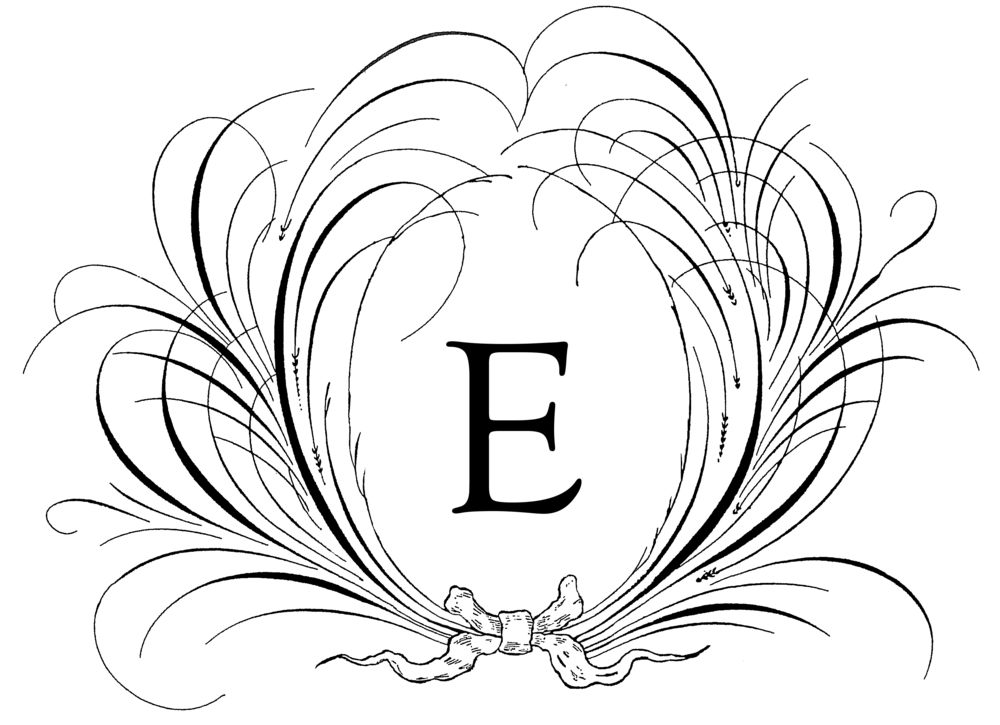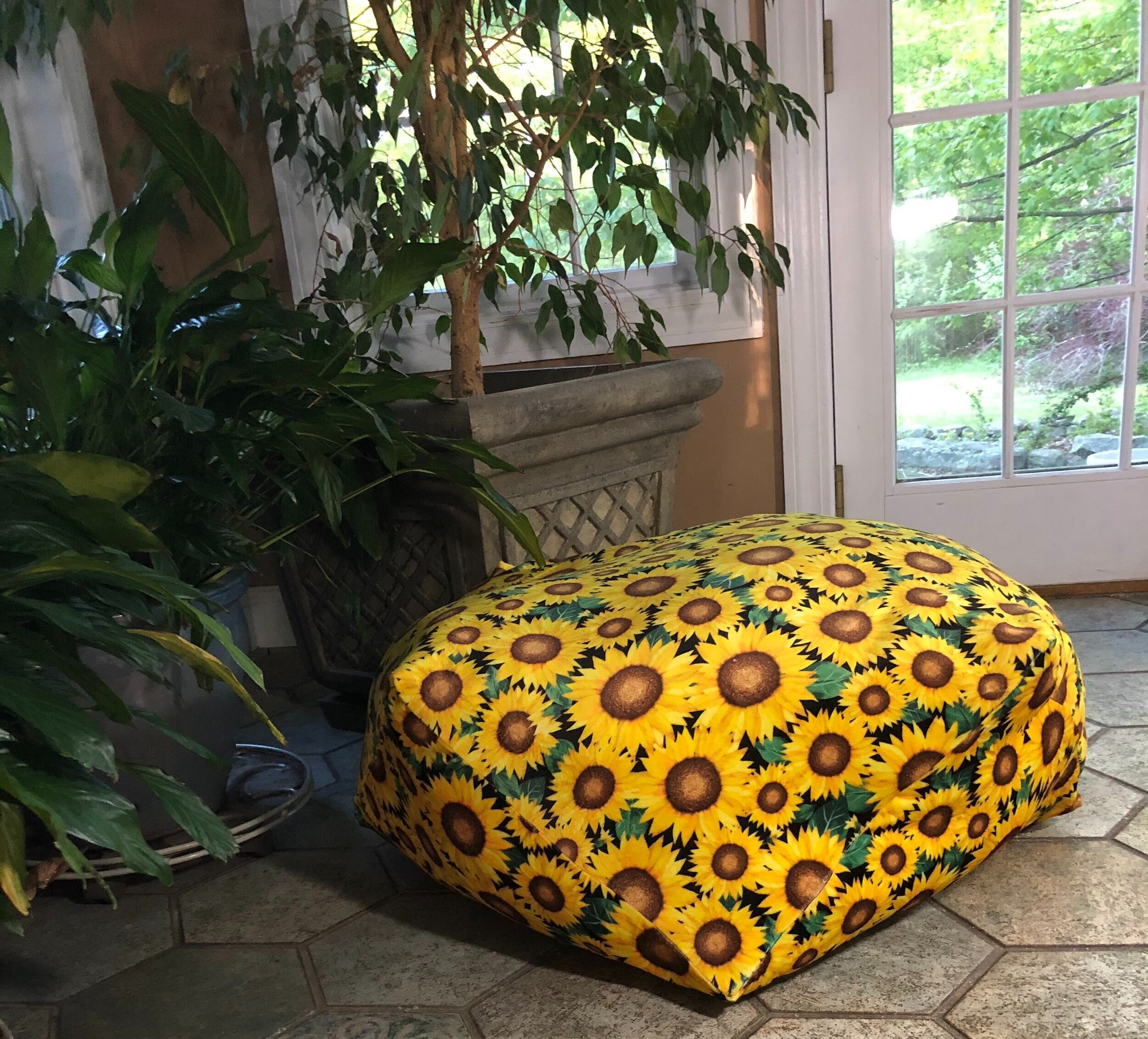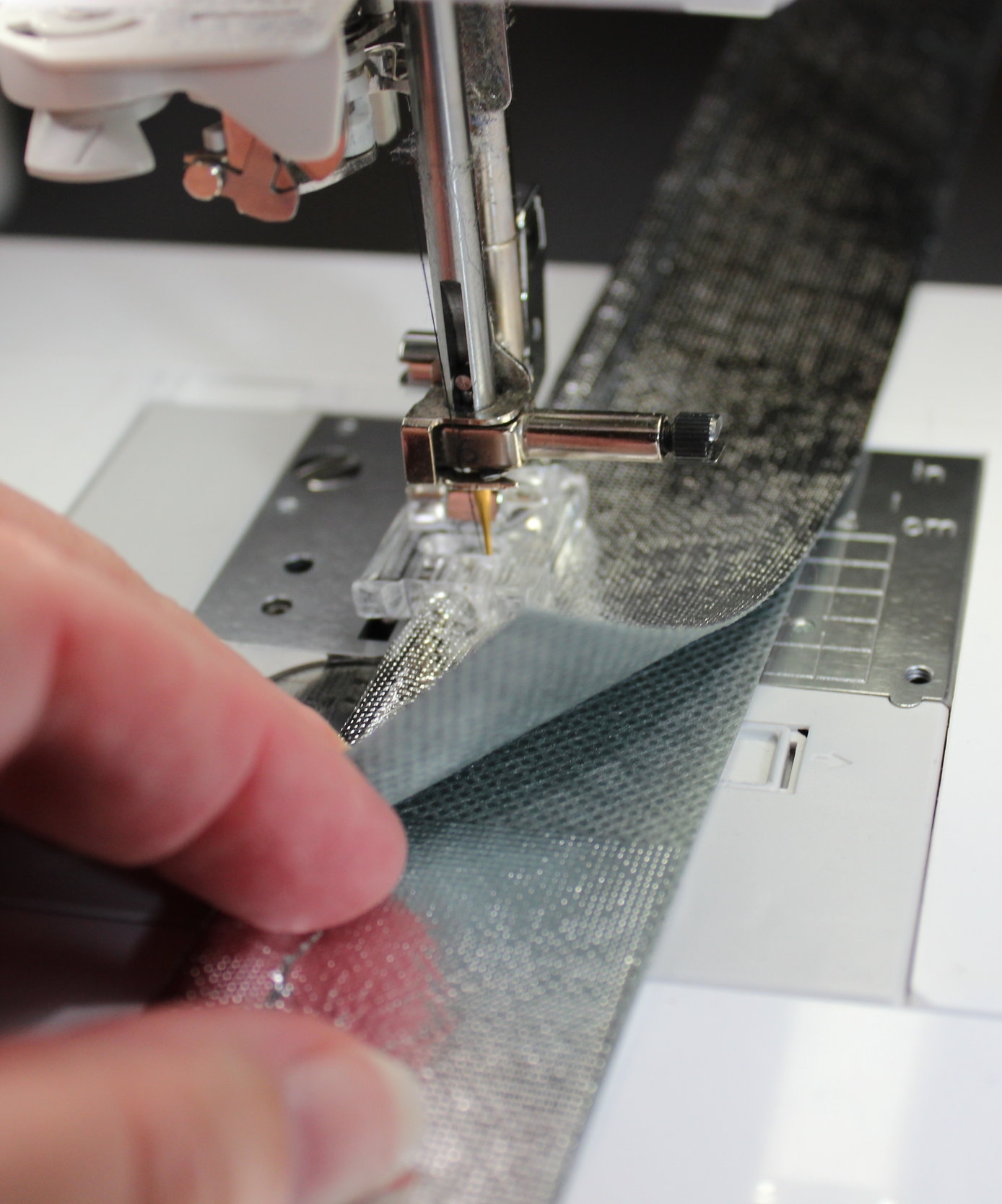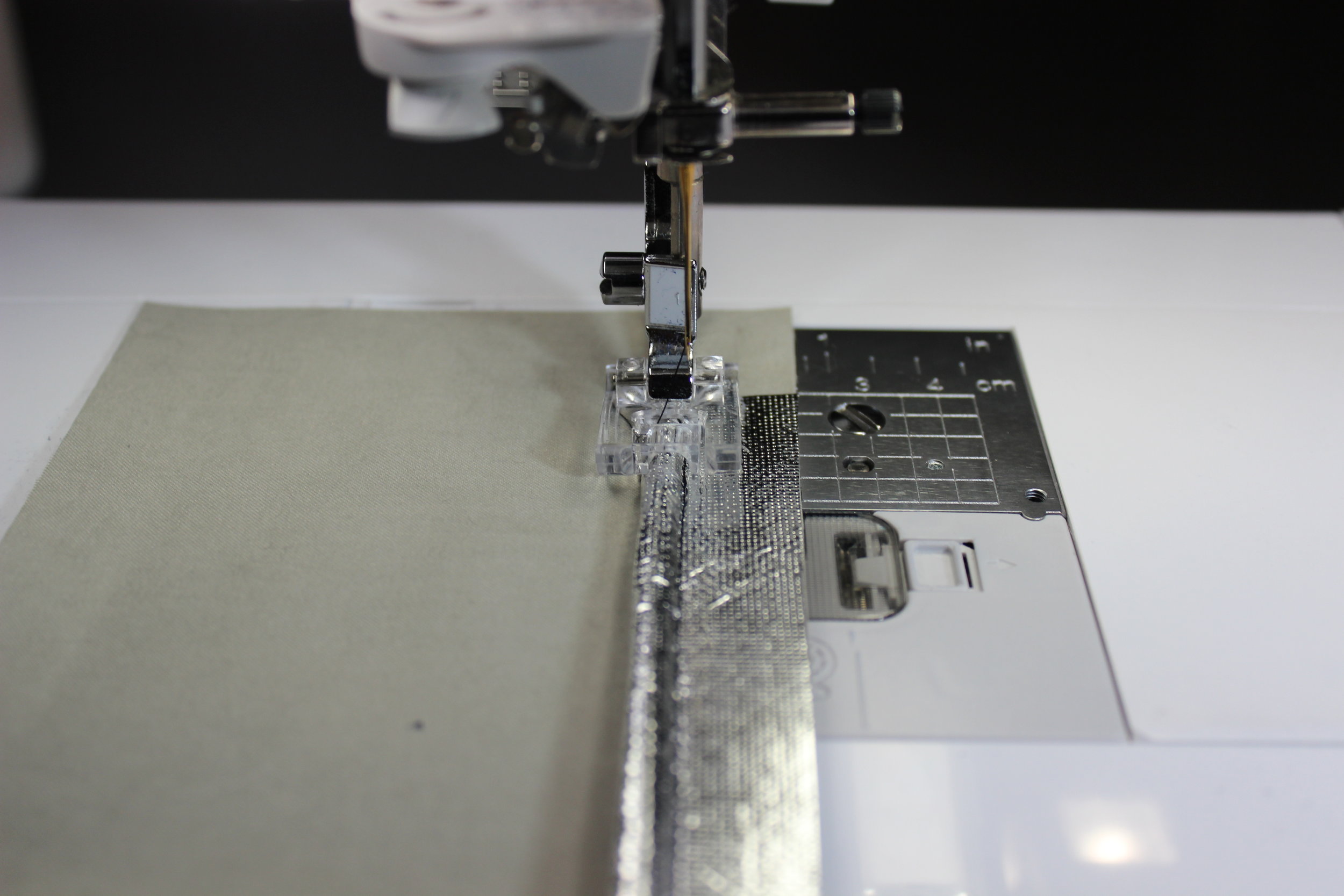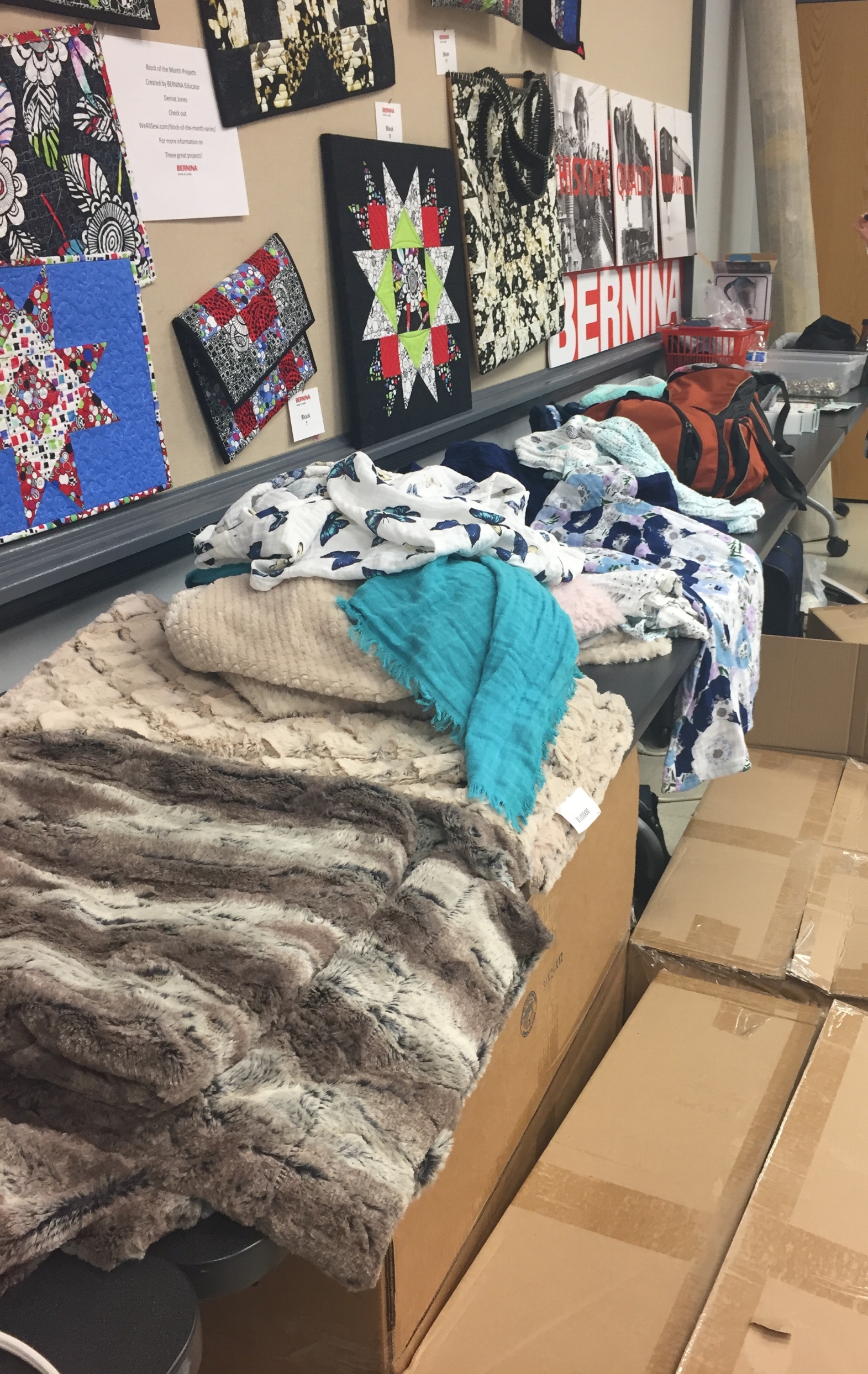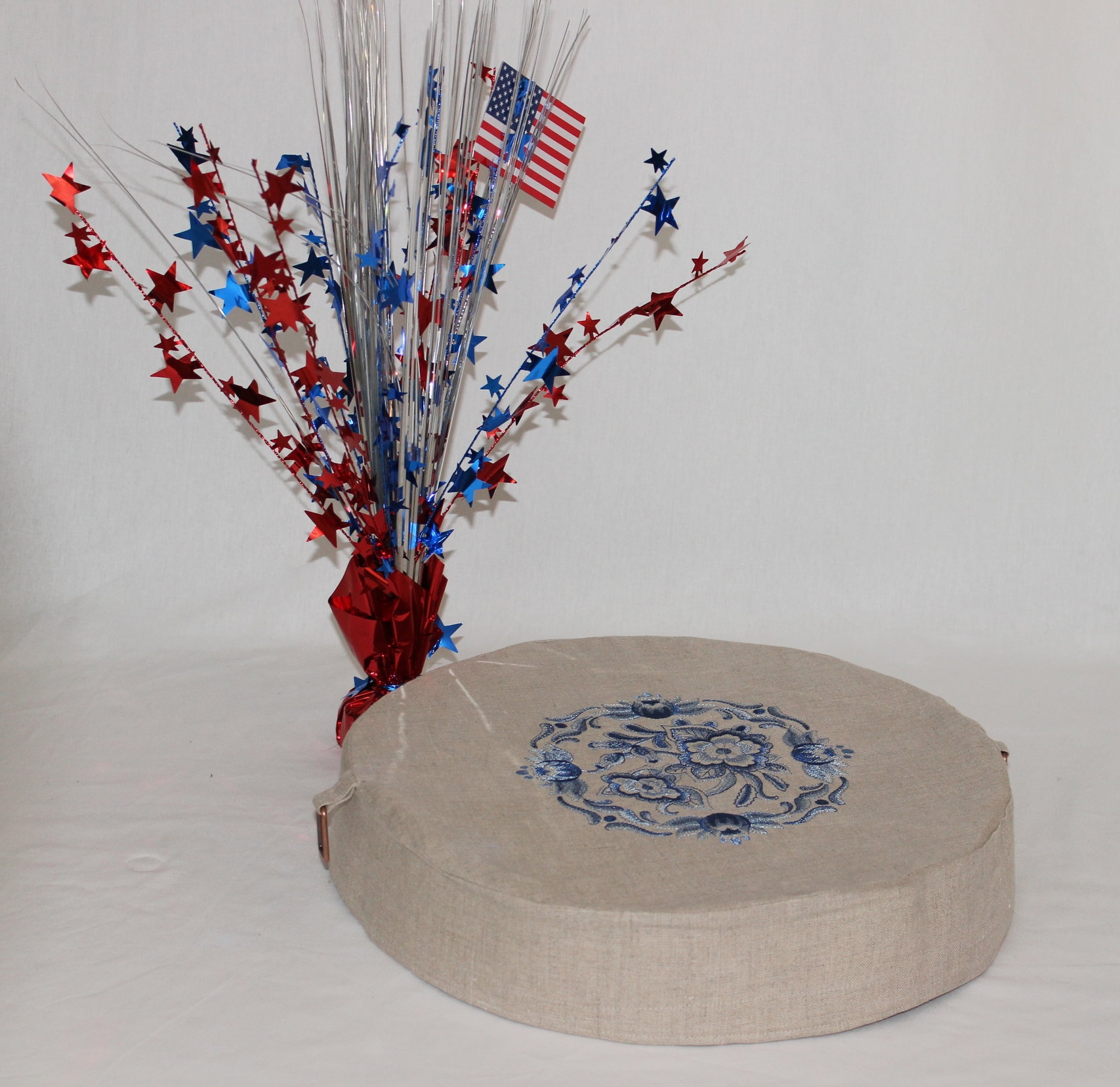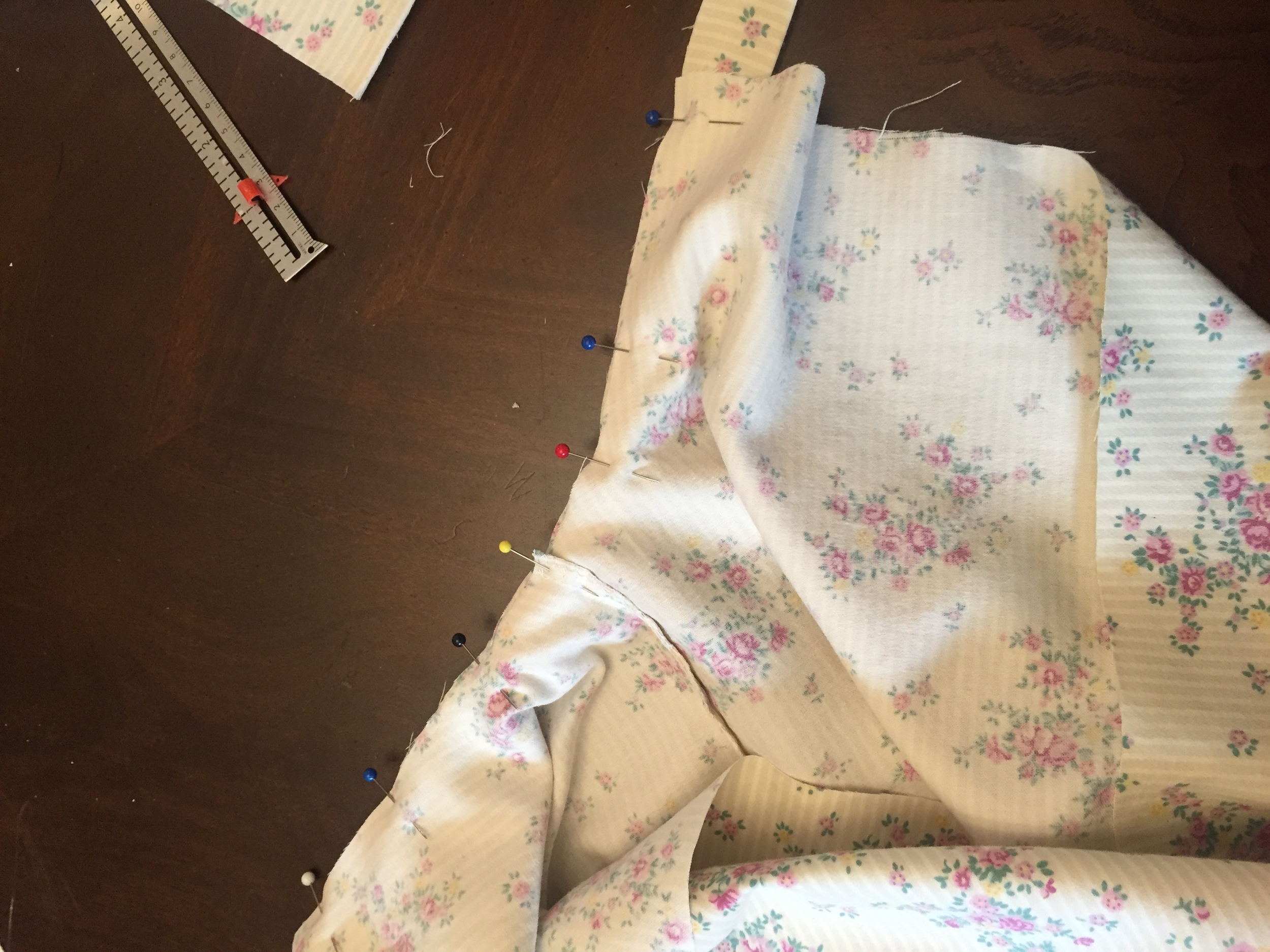Pillows! We all love to snuggle up with a good pillow, but they are even snugglier (I know – not a word) when they are made with Shannon Fabrics Cuddle® and Luxe Cuddle®. Here is a really fun free pattern to make a large pillow. Use it to prop up in bed or when you need extra seating around the TV. It is adaptable to make into a smaller size too, but with two yards of fabric you get this darling 3D octagon pillow. This is not the flat octagon that quilters think of. This pillow has eight corners.
MATERIALS
2 yards of Shannon Fabrics Cuddle® or Luxe Cuddle®
5 pounds of Poly-Fil from Fairfield World
Marking Pen
Corner turner
Matching Good Quality Polyester Thread (not cotton)
Long Flower Head Pins
Walking Foot
INSTRUCTIONS
STEP 1 PREPARATION - CUTTING
Cut the 2 yards in half. They will now be 2 pieces of fabric that are 36” by the width of fabric
Remove the selvage
To make an even square, fold the 36” at the corner to match the width of fabric. This will form a triangle.
Cut along the straight line where you can see the back side of the fabric and the inside of the fabric (see photo).
Do this with both pieces of fabric. You now have 2 square pieces of fabric
Fold each square in half. With a marking pen, mark the half way along each edge. Do this for both squares.
At the place that you have marked, cut a 3/8” straight slit. Do this on all four sides for both squares
STEP 2 SEWING
You are going to sew each of the eight sides individually. To achieve perfect corners, sew each side separately.
For the first side, match a corner of one square to the inside of the slit on the other square.
Place the corner 1/2” from the slit and pin.
Follow the edge along until you reach the other corner and slit. Match this corner with the slit on the other square. Pin.
Smooth out the fabric on a firm surface. One edge may appear longer than the other. Ease the two pieces together such that they are the same size. Do not stretch them. Pin by the half-way method…pin at the half-way point, then keep pinning half-way between each pin until the pins are about 1” apart.
Now pin along the bottom of the pins in a horizontal direction. This is a unique double pinning method devised by Shannon fabrics to prevent stretching.
Now sew that edge with a 1/2” seam allowance.
Laying your fabric flat find the next edge to the right of the edge you just sewed. Place the corner that you just sewed 1/2” from the corresponding slit. You will have a pucker in the corner. This is needed to make the corner when it is turner right side out. End at the slit, which should be 1/2” from corner edge.
Pin this new edge in the same manner as the first edge.
When you begin to sew, place your needle in the last stitch. Make sure that the pucker does not get caught in the stitches. Pull it down and free from your seam.
Sew all eight sides in this way.
However, for the last side leave a minimum of 5” not sewn for the opening.
STEP 3 TURNING RIGHT SIDE OUT
Trim the corners, checking each one that they are completely stitched together and have no puckers. Adjust where necessary.
Turn right sided out.
Push the corners out.
STEP 4 FILLING
Fill the pillow with the entire box of poly-fill through the opening.
STEP 5 FINISHING
Fold the opening at the 1/2” line and pin.
Zigzag the opening closed.
ENJOY your new pillow! Make any size square of fabric into a fun 3D octagon pillow.
